Peeling back time

After 35 years of being seemingly frozen in time, the mid-century facade of the old Imperial Hardware Company store in downtown Riverside is no more.
The city, which recently finalized the purchase of the long-shuttered building, began dismantling Imperial’s modern false front early Monday. By midday, nearly three-fourths of the aluminum covering had been removed, revealing the 1930s facade of the earlier Westbrook’s. Although somewhat dirty and pockmarked with minor to moderate scars received from the placement of the mid-century false front, the facade looked to be in good shape overall.

Beginning as Franzen Bros. Hardware when the doors opened in December 1900 at 738 Main Street (approximately 3738 today) in what was then known as the Dickson Block building, the store would later become Westbrook’s before closing as Imperial Hardware. And although the various addresses used over the years for Franzen’s/Westbrook’s/Imperial hardware at that location are a bit murky — due in part to expansions into adjacent storefronts and buildings — parts of the building may very well date back to 1898 when the Dickson Block was built on the site. Newspaper accounts at the time reported the Dickson building had replaced the Dickson Livery, which is found at mid-block on the 1884 Sanborn map (approximately 3738/40 Main Street today) and was first occupied in October 1898 by The Ark home furnishings store (one of a few different locations for The Ark over the years).

Immediately following The Ark came Franzen’s, a hardware store opened in December 1900 by brothers Chris and Henry Franzen of Orange County. Although John Robert Westbrook (aka J. R. Westbrook) played an integral role in the store from its inception (essentially bringing the brothers to Riverside to open the store), he wouldn’t become a financial partner until 1908.
By 1913, the store had already expanded into the adjacent building at 3750 Main Street, thus occupying two buildings. In 1921, Chris Franzen retired and sold his portion of the partnership to Robert Harris Westbrook (aka R. H. Westbrook, who was the son of J. R. Westbrook). And by 1929, the last financial interest in the store by the Franzen brothers was sold to the Westbrook’s by Henry Franzen. Though now fully owned by the Westbrook’s, the store would keep the Franzen’s name.

Following a fire within the original building (3730/40) in January 1935 that wiped out much of the store’s stock — particularly its large selection of crockery — the store would leave 3730/40 and fully move into 3750. Yet, it would also expand into the adjoining building even further south (which actually had been two storefronts: 3766 and 3768 Main Street), thereby again being housed within two buildings.
However, as part of the post-fire reopening — and in essence, rebranding — these two buildings were unified into a single address (3750), with a new name (Westbrook’s), and a new facade (California Deco-Modern). Designed by renowned Riverside architect, Henry L. A. Jekel, the style — a trend that arose in the 1930s following the Great Depression — is considered a stripped-down and less exuberant version of earlier Art Deco styles.
At one time, Westbrook’s was the exclusive dealer in Southern California for England’s highly-regarded Wedgwood dinnerware, part of the store’s large selection and elegant display of china and other crockery. Sales of Wedgwood were such that it resulted in a personal visit in 1936 by Kennard L. Wedgwood to acknowledge and celebrate J. R. Westbrook’s success.
It is a great pleasure to meet Mr. Westbrook and his son,” Wedgwood said, “They have a wonderful store here in Riverside. They are one of our most important customers on the (west) coast. Their stocks in every department are beautifully displayed.”
Riverside Press-Enterprise – October 23, 1936

In September 1959, the store was again sold, this time to El Centro-based Imperial Hardware Company, a small chain of hardware and housewares stores in Southern California. The sale came upon the retiring of R. H. Westbrook and would eventually result in the 1964 placing of the mid-century false front over the 1930s facade (which inadvertently also helped protect the earlier facade for another four decades).
However, with the retail landscape in downtown Riverside — and American downtowns in general — on the brink of change, Imperial’s fate would soon be sealed. By the mid-1960s, long-standing downtown stores, such as Sears, had mostly moved into larger buildings and/or shopping centers located in suburban settings (e.g., Riverside Plaza), sending downtown’s retail landscape into a tailspin. From what we’ve been able to gather, it appears Imperial succumbed sometime in the late 1960s, leaving the building to sit patiently for re-use that has yet to materialize. (Update: According to a June 19th, 2007, article in the Riverside Press-Enterprise, Imperial Hardware closed the downtown store in 1972. The company had opened up a store in mid-1971 at the then-relatively new Tyler Mall. We actually remember Imperial still being at the mall — near Broadway (today’s Forever 21) — during the mid- to late-1970s.)

And yet, because the building’s front remained unchanged for a number of years — all the while some storefronts nearby buildings had been refurbished and/or demolished — the modern Imperial facade had become an iconic landmark of downtown in its own right. In essence, the facade stood as a relic hearkening back to when downtown was still the epicenter for shopping. In recent years, the former storefront has been adorned with colorful murals and art.
Though we admit to initially having mixed feelings about the loss of the modern Imperial facade, no doubt what lurked beneath is quite a blessing itself. And if refurbished, will indeed add historic character to Riverside’s pedestrian mall. Our hope is that the city, which has been courting potential retail and dining uses, is able to retain the Jekel-designed facade into any re-working of the building.

Without a doubt, the spot near the center of the pedestrian mall offers a very unique opportunity, possibly for just the right national retailer — such as a bookstore or mid-level restaurant — which could help in drawing a larger presence to the resurgent pedestrian mall. We even feel a mixed-use development incorporating ground floor commercial topped with residential uses would work very well — so long as much of the existing building’s historic character could be worked into such a plan (which would greatly add to both nighttime and weekend activity along the pedestrian mall).
(2024 Update: Following the removal of the mid-century false front, the City of Riverside cleaned up, repaired, and painted the re-exposed 1930s-era Westbrook’s facade, eventually selling the site for redevelopment. And in August 2018, the Imperial Hardware Lofts opened on the site, incorporating the Westbrook’s facade into the new mixed-use project. Developed by Irvine-based Ratkovich Properties, the six-story building has 91 units consisting of studio, one, and two bedrooms, 9,000 square feet of commercial space, and two levels of secured parking (with one level underground). As a side note, the last three remaining Imperial stores — El Centro, Holtville, and Brawley all in Imperial County, California — were sold in 2020 to a Blythe, California-based ACE Hardware franchisee.)
Update
- Riverside Press-Enterprise – Work in downtown Riverside reveals art deco front (June 19)
Related
- RaincrossSquare.com – Then & Now – Main at Mission Inn (March 2007) | Out & About – 09/16/2006




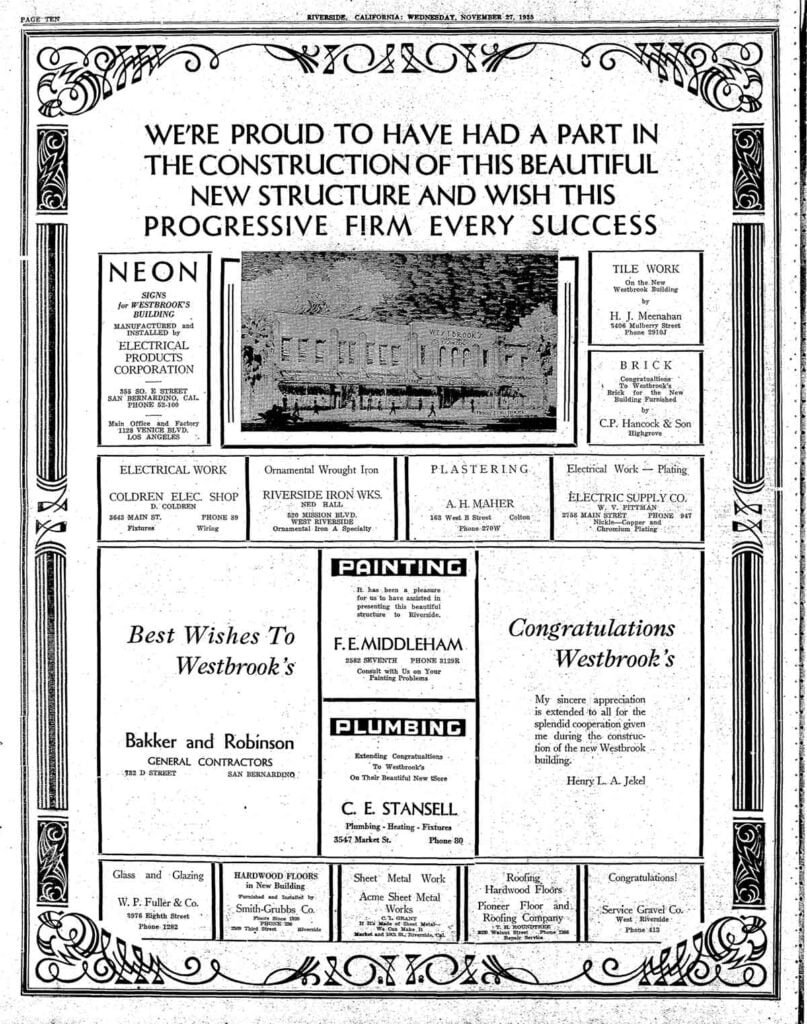
Gallery: Through the Years: Franzen’s / Westbrook’s / Imperial Hardware
Sources: City of Riverside, Riverside Public Library, Riverside Press-Enterprise (RDP-18980629, RDP-18981007, RIE-19001211, RDP-19290417, RDP-19331101, RDP-19350130, RDP-19350806, RIE-19351127, RDP-19361023, RDP-19501120, RDP-19501121, RDP-19591001, DE-19710423, PE-20070619), Imperial Valley Desert Review (20200828), “Henry L. A. Jekel: Architect of Eastern Skyscrapers and the California Style, 1895-1950” (H. Vincent Moses & Catherine Whitmore), “Riverside in Postcards” (Steve Lech), “Riverside – 1870-1940 (Steve Lech), 1884 Sanborn Fire Insurance Map (Library of Congress), Ancestry.com
2024 PAGE UPDATE: Added additional historical info, including Dickson Block background and post-fire rebuilding/reopening; added info regarding the closing of the downtown store and opening of Tyler Mall store; added newspaper insert; added context and updated style of facade to California Deco-Moderne; added additional/updated photos and photo gallery; added 2024 update; removed outdated links to newspaper article.
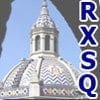
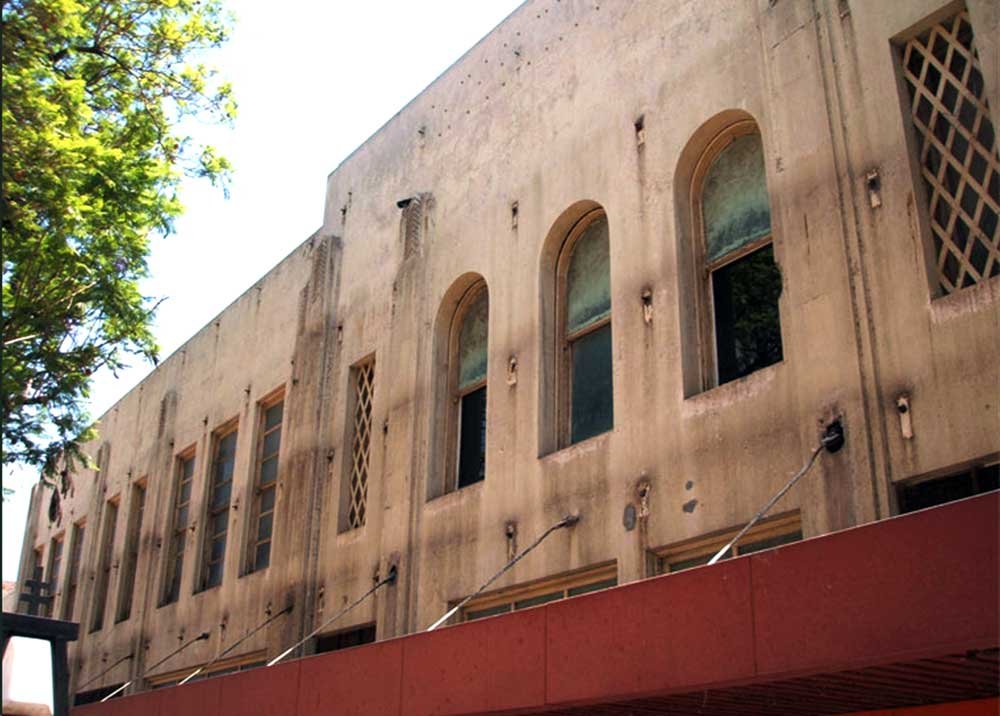
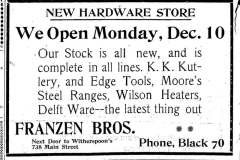
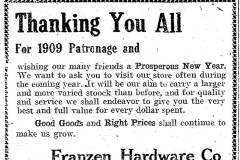
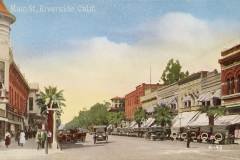
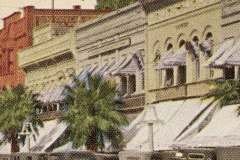
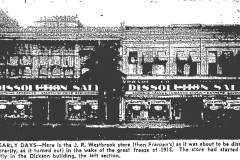
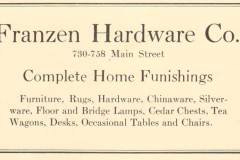
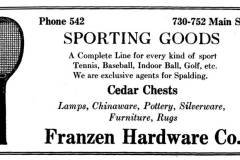
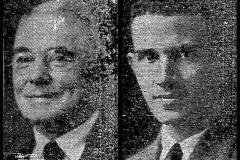
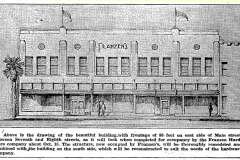
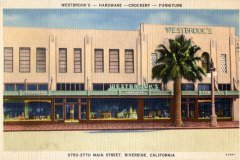
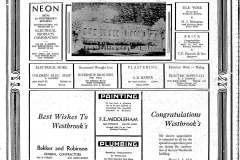
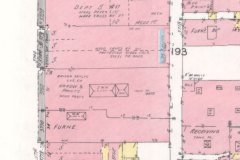
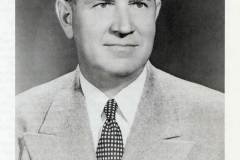
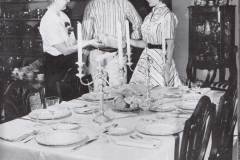

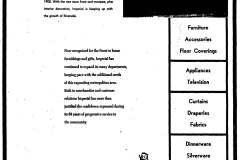
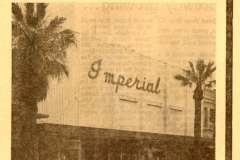
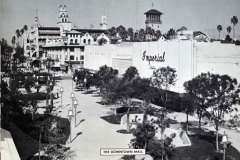
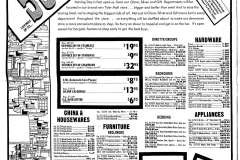
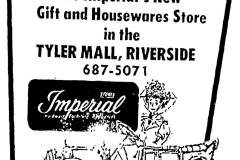
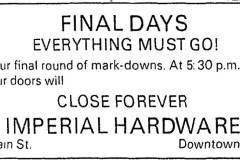
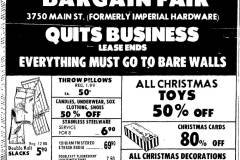
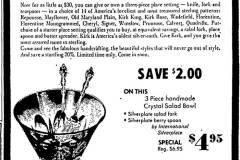
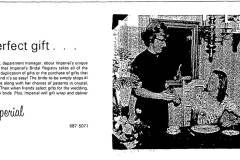
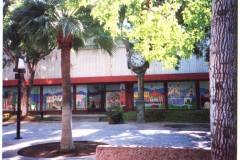
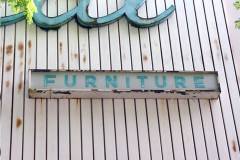
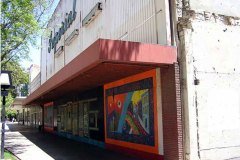

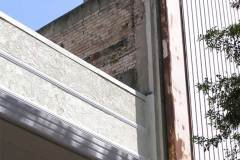
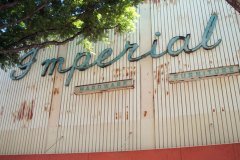
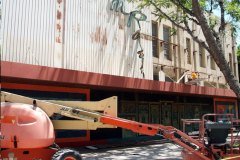

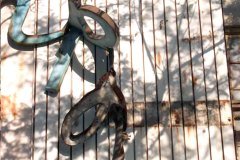
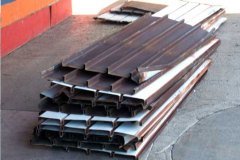
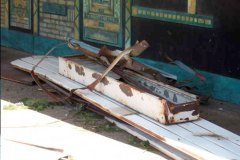
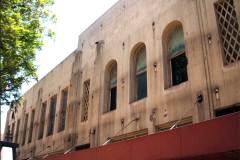
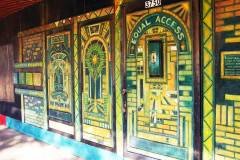
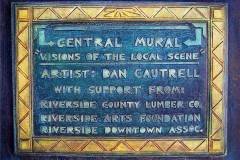
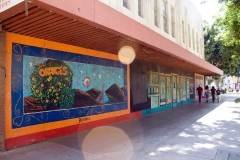
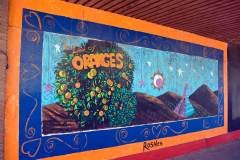
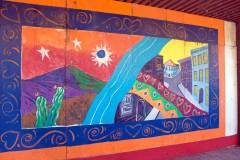
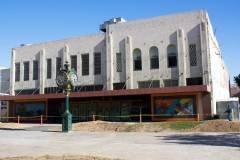
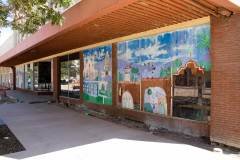
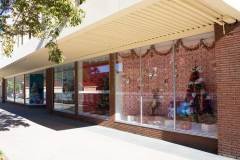
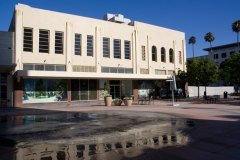
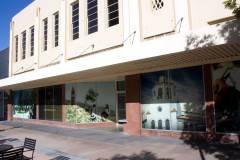
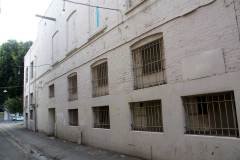
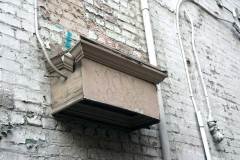
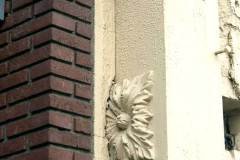

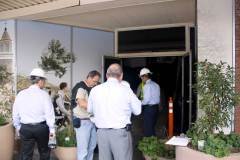
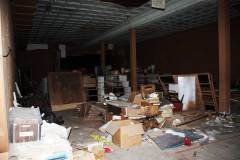
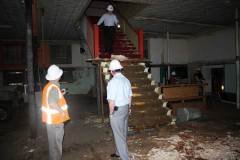
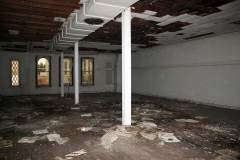
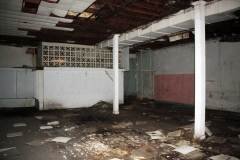
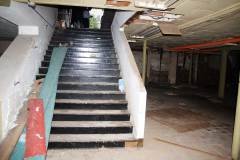
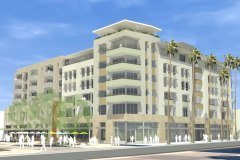
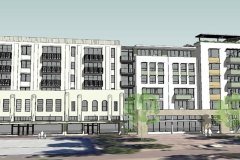
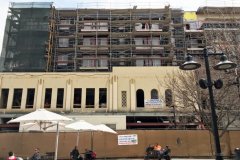
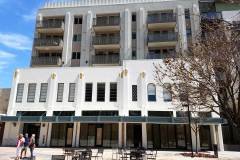
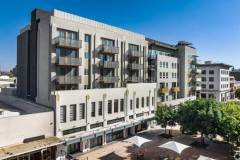
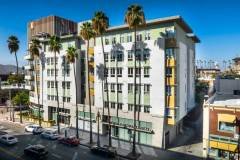
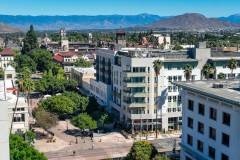
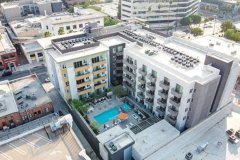
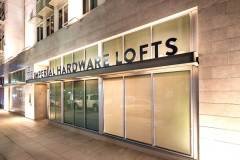
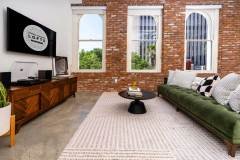


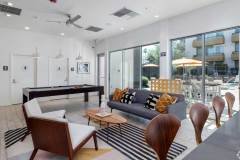
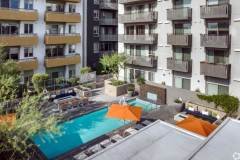
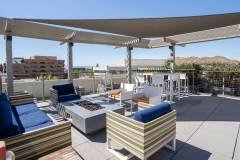

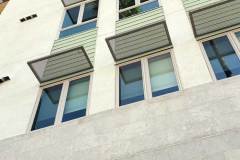
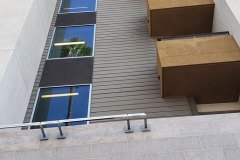
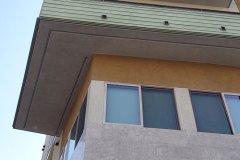
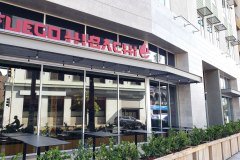
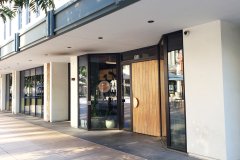

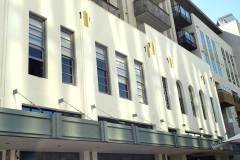
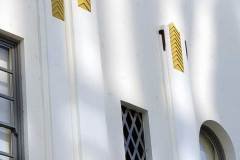
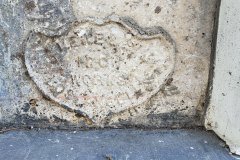
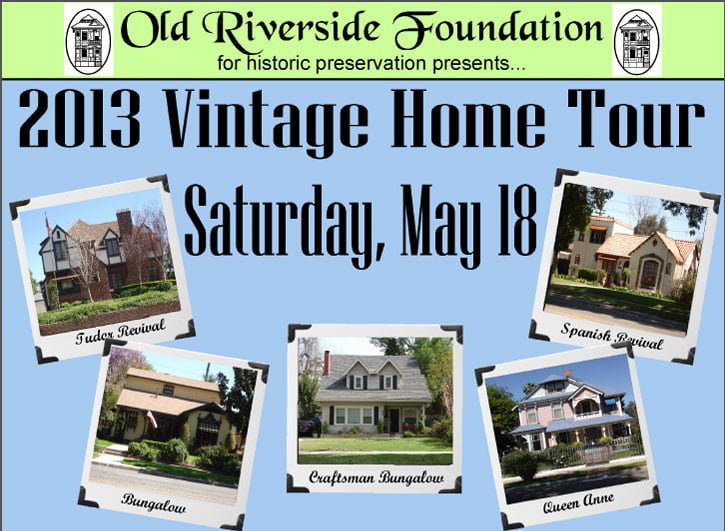
One Comment